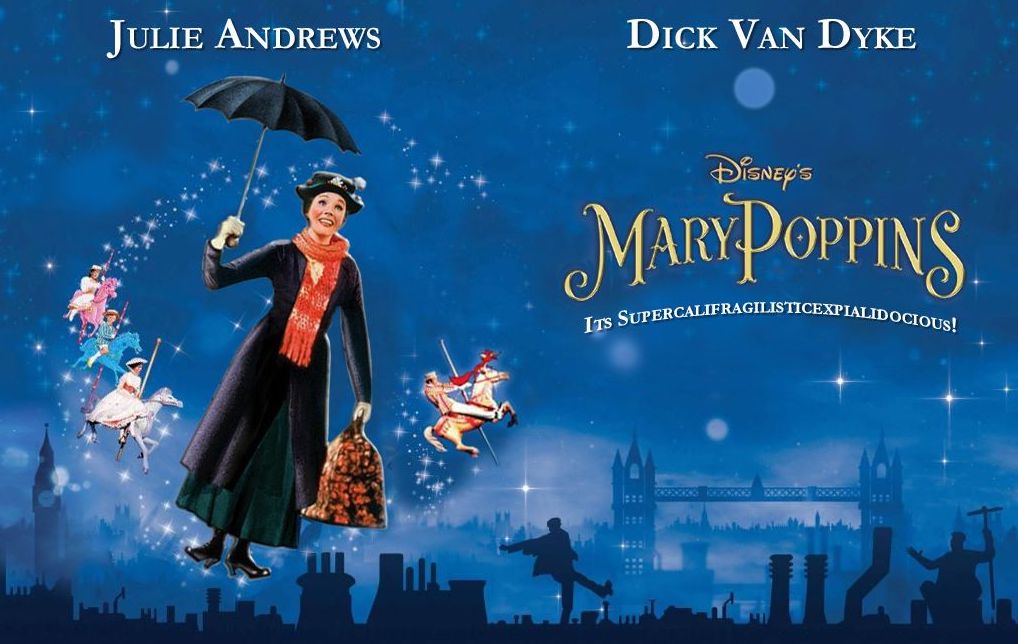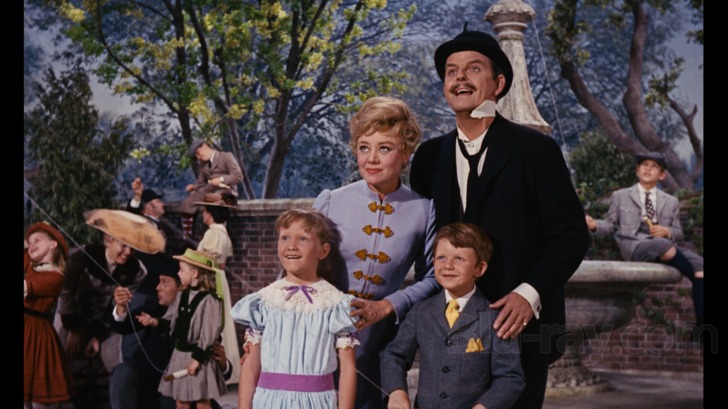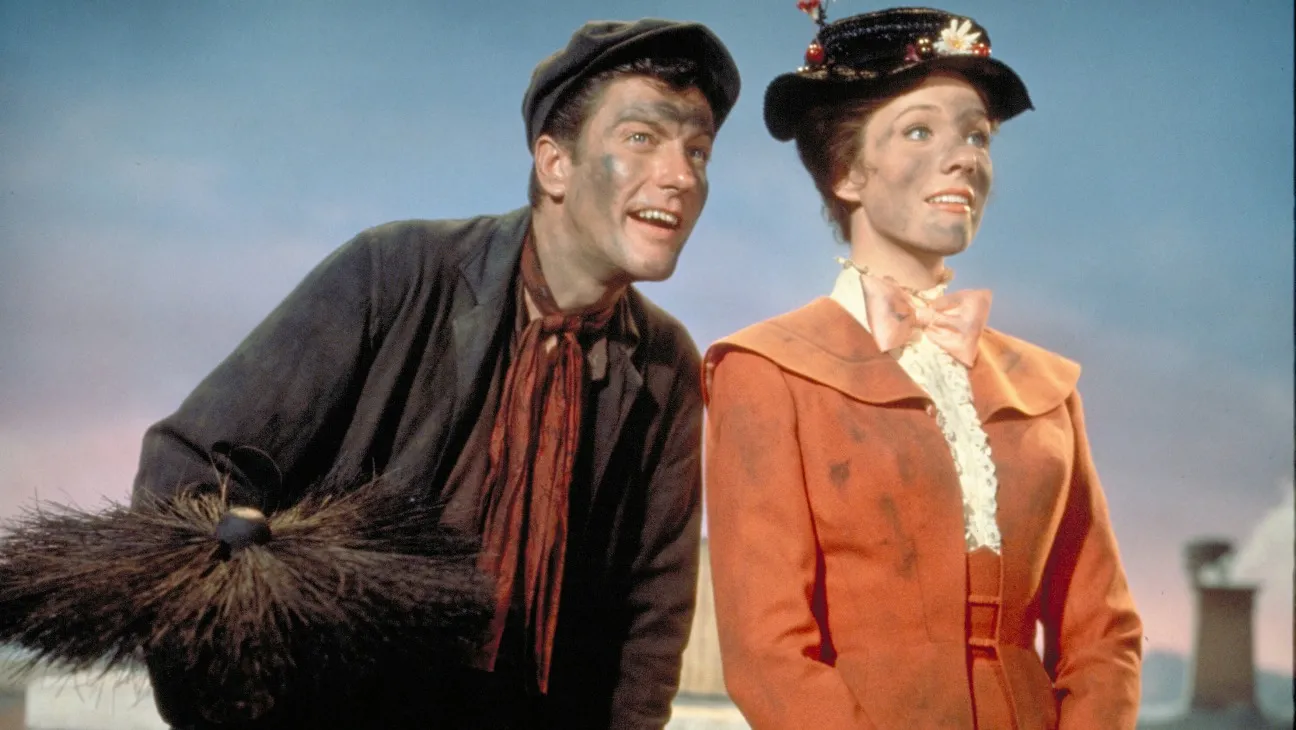Mary Poppins (1964)

Mary Poppins (1964) is a beloved American musical fantasy film directed by Robert Stevenson and produced by Walt Disney. Combining live-action with animation, the film is based on the book series by P.L. Travers and features songs written by the Sherman Brothers. The story follows the magical adventures of Mary Poppins, played by Julie Andrews, as she arrives to care for the Banks children in London. The film became an instant classic, cherished for its whimsical storytelling, memorable characters, and unforgettable songs, solidifying its place in cinematic history.
The film follows the Banks family, particularly the two children, Jane and Michael, who are in desperate need of guidance and discipline. When their previous nanny leaves, Mary Poppins appears out of nowhere and introduces a new world of magic and adventure. Alongside her companion, Bert (played by Dick Van Dyke), Mary Poppins takes the children on enchanting journeys, teaching them valuable life lessons through fun and creativity. The film’s plot intertwines magical moments with heartfelt emotions, highlighting themes of family, imagination, and the importance of joy in everyday life.
The character of Mary Poppins is iconic for her calm, mysterious demeanor and her magical abilities. Julie Andrews brings warmth and charm to the role, making Mary Poppins not just a nanny but a figure of wonder and wisdom. Throughout the film, Mary Poppins teaches the Banks family, especially the father, Mr. Banks, about the importance of love and play in their lives. The children, Jane and Michael, undergo significant growth as they learn to appreciate the value of fun, discipline, and family connections. Bert, portrayed by Dick Van Dyke, also plays a key role, bringing humor and lightheartedness to the story, and he serves as a reminder of the power of imagination and joy in overcoming difficulties.

Mary Poppins is filled with themes of family, love, and the magic of childhood. One of the central messages of the film is the importance of balancing work and play. Mr. Banks, the father, is initially consumed by his rigid, work-focused life, but through his experiences with Mary Poppins and his children, he learns to embrace the joy of life and the importance of being present for his family. Another key theme is the value of imagination, as Mary Poppins encourages the children to dream and see the world in a new, whimsical way. Ultimately, the film emphasizes the significance of love, nurturing, and the simple joys that bring a family together.

Mary Poppins (1964) remains a timeless classic that continues to captivate audiences with its magical charm, endearing characters, and unforgettable music. The film’s combination of live-action and animation, along with the genius songwriting of the Sherman Brothers, creates a whimsical experience that is both entertaining and heartwarming. The performances of Julie Andrews and Dick Van Dyke elevate the story, making it one of the most memorable films in Disney’s history. With its powerful messages about family, imagination, and the importance of joy, Mary Poppins has rightfully earned its place as a cherished film for all generations.











